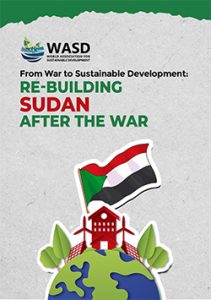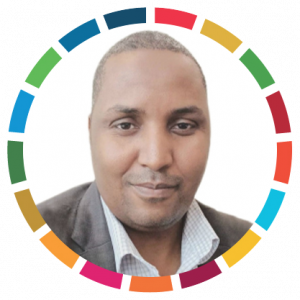Simulation-Based Training for Radiologic Technologist Students in Sudan: A Resilient Educational Approach Amid Conflict and Reconstruction, Prof. Yousif Abdallah

 Professor Yousif Mohamed Yousif Abdallah
Professor Yousif Mohamed Yousif Abdallah
Department of Radiological Science and Medical Imaging, College of Applied Medical Science
Majmaah University
Al-Majmaah, 11952
Saudi Arabia
ORCID: 0000-0001-8434-2515
Paper Type: Literature Review
Received: 25 May 2025 / Revised: 9 June 2025 / Accepted: 12 June 2025 / Published: 1 December 2025
DOI: 10.47556/B.SUDAN2025.10
Purpose: This paper discusses how civil war has disrupted medical and radiologic technologist students’ hospital training in Sudan. It emphasises how, in conflict, developing clinical skills depends on simulation-based training.
Methodology: This paper studies and highlights satisfaction with simulation-based learning in routine X-ray radiography, using in-house tools developed globally, qualitative surveys, and feedback analysis.
Findings: Simulation-based training improves clinical skills, visual thinking, and practical ability despite constraints, including limited technology and less patient contact. This paper shows that it is a useful substitute for conventional education, supporting Sudanese healthcare development and recovery.
Contribution and Practical Implications: This paper offers pragmatic solutions for sustainable development and recovery for Sudan’s healthcare system, providing a good substitute for traditional training approaches. The strategy fits Sustainable Development Goals (SDGs) 16 and 3.
Limitation: Limited access to simulation tools and infrastructure in conflict-torn Sudan makes training challenging since there is a lack of funding and teachers.
Keywords: Simulation Training; Radiology; Sudan; Clinical Skills; X-Ray Tools; Conflict Education.
Citation: Abdallah, Y.M. (2025): Simulation-Based Training for Radiologic Technologist Students in Sudan: A Resilient Educational Approach amid Conflict and Reconstruction. In Ahmed, A. (Ed.): Re-Building Sudan from War to Sustainable Development, Vol.1, No.1, pp. 153-163.

